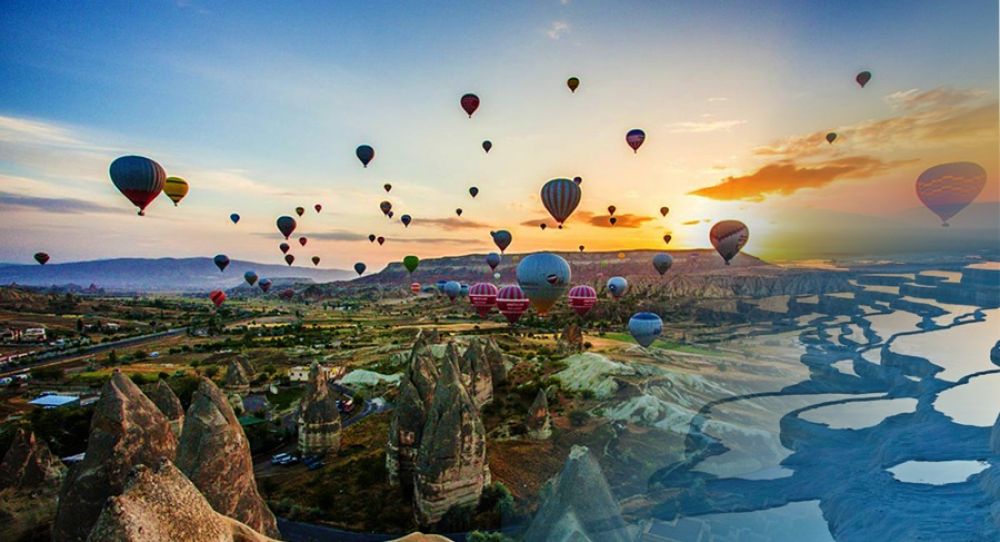

Known for its unique travertine terraces, mineral-rich thermal waters, and remarkable landscapes, Pamukkale in Turkey is a destination that combines natural beauty with historical significance. The name "Pamukkale" itself translates to "Cotton Castle" in Turkish, referring to the stunning white calcite shelves and pools that have been created by the flowing warm water rich in calcium bicarbonate.
The history of tourism in Pamukkale dates back to the ancient times when it was known as Hierapolis, an ancient Greco-Roman and Byzantine city. The area was recognized for its therapeutic hot springs and served as a spa city, attracting people from all over the region. It became widely known for its health benefits and was a significant cultural hub during the Roman and Byzantine periods.
Modern tourism began to take shape in the 20th century, particularly after UNESCO designated Pamukkale and Hierapolis as a World Heritage Site in 1988. This spotlighted the region globally, attracting a wider audience interested in its archaeological significance and natural wonders. The consequence was an increase in infrastructure to cater to international visitors, including hotels, restaurants, and improved transportation links.
In recent years, hot air ballooning has emerged as one of the most spectacular ways to experience the beauty of Pamukkale. Following the popularity of ballooning in Cappadocia, another Turkish destination famed for its otherworldly landscapes and balloon rides, Pamukkale introduced its own balloon experiences. Tourists now have the opportunity to see the chalky-white terraces, ancient ruins, and surrounding countryside from the sky at sunrise, with the region's geography creating a breathtaking backdrop.
Hot air balloon rides in Pamukkale provide a serene and unforgettable adventure where visitors can admire the terraces and turquoise pools from above, often floating at low altitudes that allow for unique perspectives and mesmerizing views. Not only do the rides offer incredible photo opportunities, but they also provide a sense of tranquility and wonder that is hard to match on the ground.
With the rise in popularity of balloon tours and general tourism, conservation efforts have become crucial. Authorities have implemented several measures to protect the delicate travertine terraces and the archaeological remains of Hierapolis. Tourists are encouraged to follow designated pathways, and access to certain areas may be restricted to preserve the site.
In terms of sustainable tourism, there is an increasing push for responsible travel practices in Pamukkale. Tour operators and visitors alike are becoming more aware of the importance of minimizing their environmental impact, preserving the natural beauty, and supporting the local economy in a sustainable manner.
Overall, as Pamukkale continues to adapt and modernize its tourism offerings while maintaining respect for its extraordinary natural and historical landscape, visitors can anticipate a travel experience that is both enriching and conscientious.